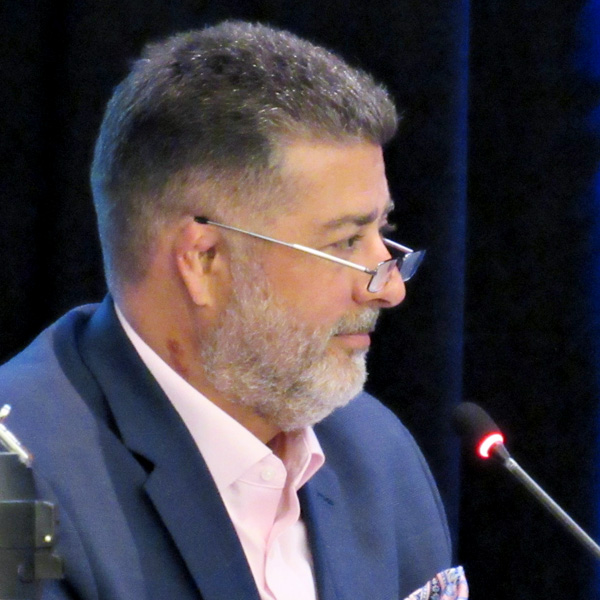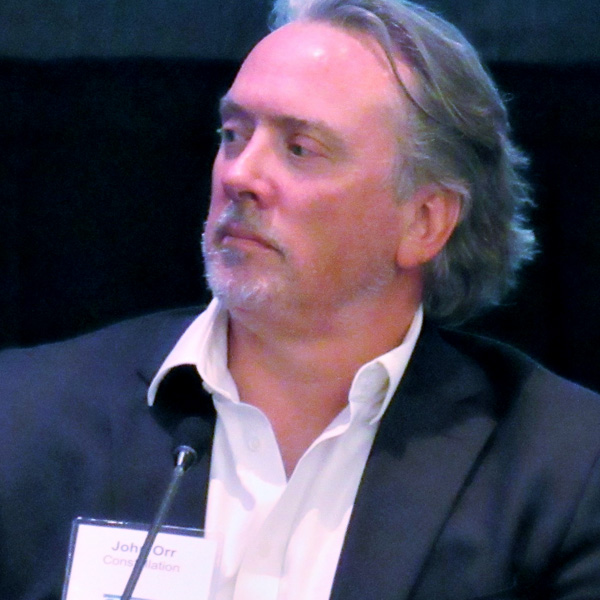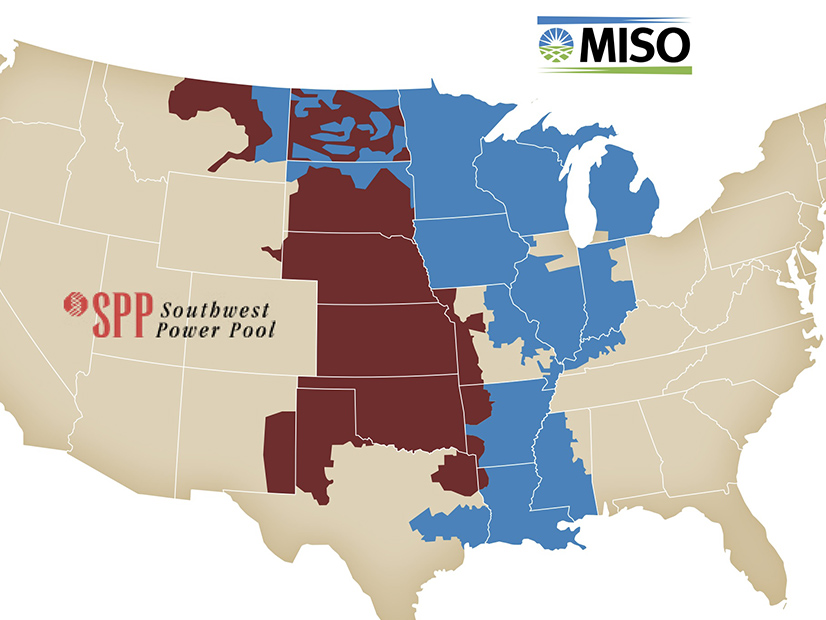INDIANAPOLIS, Ind. — MISO executives issued sobering warnings about its future resource adequacy in front of its Board of Directors last week as some state regulators and stakeholders pushed back on the narrative.
“I’m going to make some folks uncomfortable, both stakeholders and MISO staff … but we need to get this on the table,” Wayne Schug, vice president of strategy and business development said Thursday before a board presentation that he said had not yet been vetted with stakeholders.
Schug said MISO has been in contact with state regulators and lawmakers since its April planning resource auction (PRA) resulted in a 1.2-GW capacity shortage across MISO Midwest. The RTO has said the deficit might force it to order temporary, controlled load shedding this summer, and it predicts insufficient firm resources to handle summer peak forecasts under typical demand. (See MISO’s 2022/23 Capacity Auction Lays Bare Shortfalls in Midwest.)
Though MISO has added more resources than it has retired in recent years, Schug said the grid operator has less accredited capacity because most of the additions are largely intermittent.
He said the footprint is in desperate need of controllable resources “to balance weather-dependent resources” based on a future assessment of its supply. The Midwest capacity shortfall means MISO has a one-day-in-5.6-years loss-of-load expectation, short of its target one-day-in-10-years LOLE, Schug said.
“We need to think about the consequences of that and the changes we need to make as a market operator,” he said. “We’re below our target reserve margins. It means MISO will have to declare emergencies more often. … It does not mean that grid reliability of the top tier standard is at risk.”
Schug said while MISO sees load shed as a far-off possibility, it doesn’t mean it may happen. “It does not move the needle to probably or likely, but it does increase the risk,” he explained
He said while customers have “grace” when a downed power line cuts off power, they view outages caused by insufficient generation as unacceptable. MISO membership needs to ensure that some gas units remain online, Schug said, as the grid operator’s capacity needs are longer than the four hours that most battery storage can supply.
“We need the capacity when the renewables aren’t there. The gas still needs to be there; it will be utilized less often, but it needs to be there,” he said.
MISO said its preliminary 2022 regional resource assessment shows additions of largely renewable resources, coupled with retirement of controllable resources that will further chip away at its stores of accredited capacity. Schug said the planned additions are simply not making up for planned retirements.
“In the next five years, we’re retiring a lot more generation than we’re bringing online,” he said. The risk is mounting, Schug said, and MISO and its members need to discuss whether all scheduled generation retirements should proceed as planned.
“It doesn’t mean there’s not time to address this, but the time is growing shorter and shorter. It takes time to build new capacity,” he said. “Honestly, we’re behind in this discussion. Folks are making long-term decisions now. And we need to give them information to make appropriate decisions to sustain reliability.”
“Time is not on our side,” director Phyllis Currie said by way of agreement.
Director Nancy Lange said MISO doesn’t appear to be in good shape in the near-term or the next 20 years.
“We have an issue we need to deal with,” Schug said. “It’s going to take a village. It’s going to take everything we have.”
Schug said states will need to know their neighbors’ generation plans to ensure that no one is negatively impacting the other and everyone is “bringing appropriate resources to the table.”
Stakeholders Offer MISO Guidance
Indiana Commissioner Sarah Freeman, president of the Organization of MISO States (OMS), said MISO’s summer readiness projection that its firm resources are insufficient to cover peak demand run counter to the Independent Market Monitor’s assessment of expected demand, which relied on the same source material. She said the seasonal assessment process lacks transparency and said MISO’s “messaging and information sharing” on resource adequacy could use some work.
“The early messaging from MISO in this area was problematic and certainly needed more context to be digestible by most consumers of media,” Freeman said. “MISO’s summer assessment is a well-known and well-covered event that generates a lot of headlines, but it’s also a largely undefined process.
“I’m going to be sharing everything I reasonably, ethically and legally can with MISO. Collaboration is the only way to solve this,” Freeman said of the resource adequacy issues.
OMS Executive Director Marcus Hawkins said if the RTO continues to usher the usual 3 GW through the interconnection queue each year, it will avoid the worst — a 10 GW shortfall contemplated in this year’s OMS-MISO survey. (See OMS-MISO RA Survey Says Supply Deficits Could Top 10 GW by 2027.)
“And that’s before the improvements to the queue,” he added, referencing the grid operator’s goal to shorten the queue’s timeline from 505 days to a single year.
Michigan Public Power Agency’s Tom Weeks said MISO’s presentation didn’t devote enough time to how the RTO can get more generation interconnected faster.
“To me, that’s a very direct lever of control there,” Weeks said.
Travis Stewart, representing the Coalition of Midwest Power Producers, said staff are likely undercounting future renewable additions. He also said MISO didn’t seem to be considering that aging generators can catastrophically fail when kept online beyond retirement dates.
Stewart said MISO must employ a sloped demand curve in next year’s capacity auction.
“We can do it immediately. We can stop resources from exiting the market based on the inefficient signals MISO’s market is sending them,” he said.
Enviros: Transmission Could Have Helped
Clean Grid Alliance Executive Director Beth Soholt also said she was “concerned” about MISO’s messaging in recent weeks.
“The capacity shortage we are facing at this point is not the fault of wind and solar generation. In fact, those resources have been delivering both energy and capacity as expected,” she told the board. “The shortage is a problem of planning. MISO has known about the generation shift and the timing just like the rest of us. There is a reason the environmental sector and Clean Grid Alliance have been saying for years the futures MISO uses to plan its system fall far short of what is needed.”
Soholt said MISO needs a robust grid to deliver generation to load. She said while MISO is doing meaningfully planning now with its long-range transmission plan, it’s simply being developed too late to “support enough new resource additions to offset the retirements.” (See MISO Makes Business Case on Long-range Tx Plan.)
“MISO needs to own that it is responsible for this situation and that includes not delivering on the transmission grid of the future in time. … MISO needs to ensure that transmission planning and construction are complete in time to serve the needs of new resources,” she said.
Soholt said MISO had the opportunity to begin serious transmission planning five years ago with its regional transmission overlay study, but said it was “cratered by certain stakeholders.”
She blasted MISO’s use of a vertical demand curve in the PRA and said the auction design ensures it doesn’t send an efficient pricing signal “until the last minute.”
She also said MISO could use better market products.
“The developer community is listening to this presentation and wants to bring solutions, but the [MISO] tariff is not keeping up with getting new resources on the system,” Soholt said. “MISO’s markets and market products are not defined in such a way that all resources can provide the full range of products and services they are capable of providing.”
She urged MISO to adopt a more positive narrative, confidence and a “can do” attitude when it comes to the resource transition and to hire outside professionals to assist with its communications.
“Without the central leadership of the [RTO], states will fall back on making inefficient decisions in isolation. It is not an insurmountable challenge to reach much higher levels of clean and affordable resources, but it does require planning and coordination,” Soholt said.


